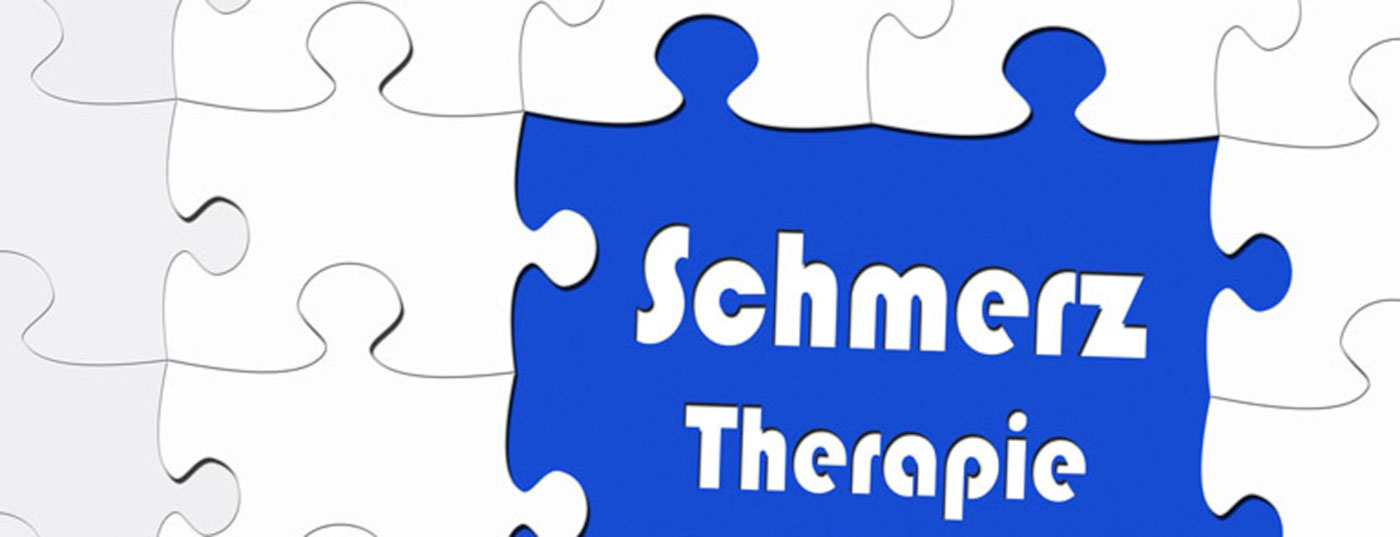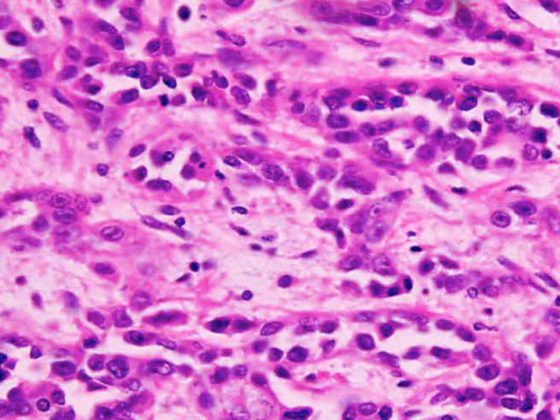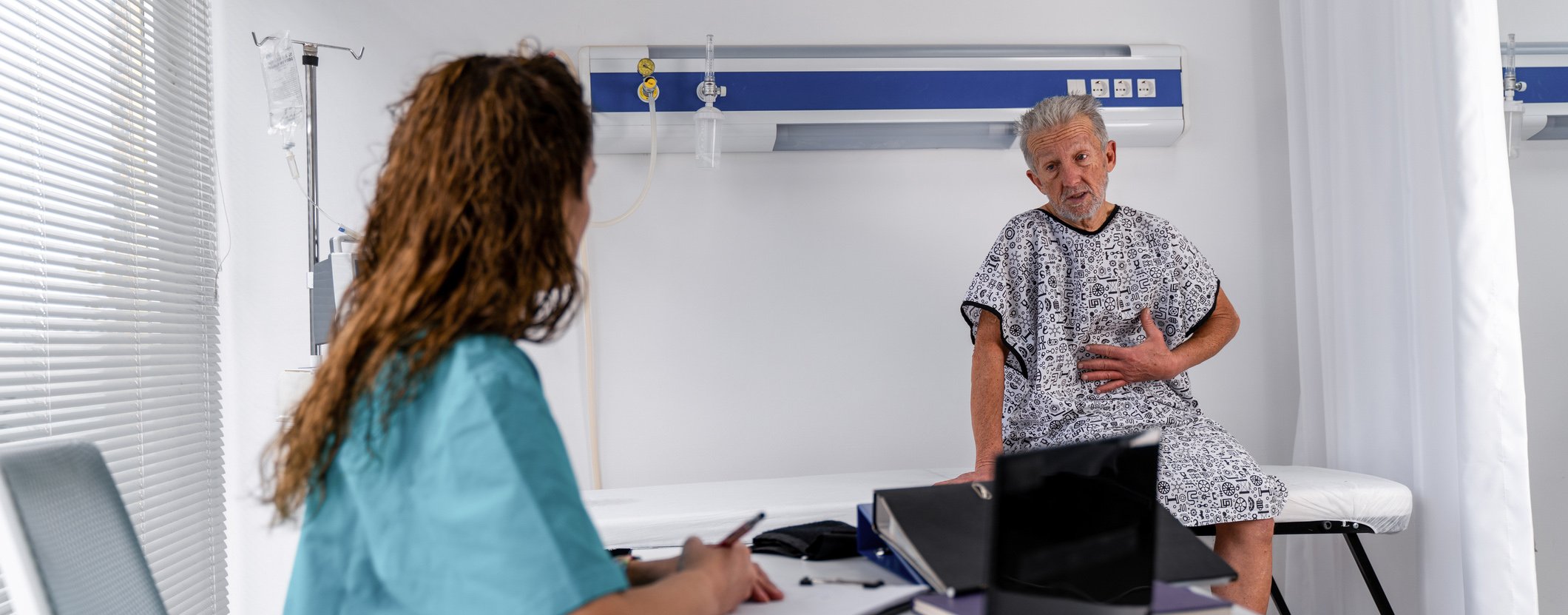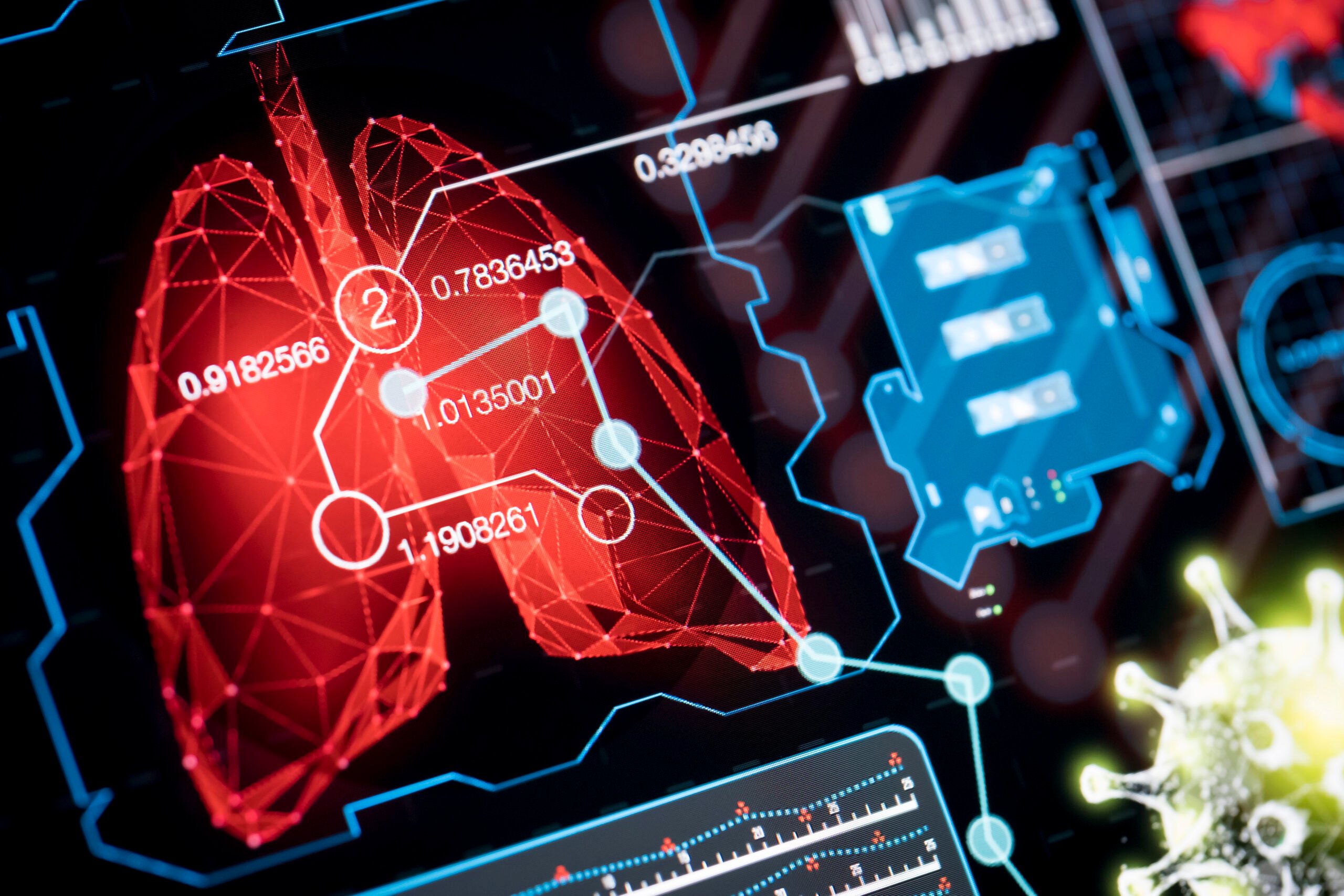At the 1st Swiss Congress for Holistic Pain Therapy, the focus was for once on topics other than drugs, interventions and control of side effects with regard to pain. Experts from various disciplines such as psychology, neurology, dentistry, physiotherapy, rehabilitation, etc. provided information on specific aspects of the pain experience – and how to work therapeutically with patients. We report on three presentations.
(ee) Lic. phil. Roberto Brioschi, Head of Pain Center/Psychosomatics, RehaClinic Zurzach, gave an entertaining talk on “Resistance in Pain Therapy”. Basically, it is easier not to “know” an irrelevant but scary piece of information than to forget it again. This also applies to the sensation of pain, because pain is primarily – according to the ISAP definition – an unpleasant and emotional sensation! As a therapist, it is important to perceive the patient’s complaints before interpreting.
Overcoming resistance with conversations about cars
For patients, pain is a constant interruption of attention and concentration. Therefore, pain does not simply hurt, but also disrupts normal life resp. the activities in everyday life. Therefore, one should ask specifically in the anamnesis how the patient is hindered by the pain: How does the pain bother you? What are the consequences? What can you no longer do?
In treatment, it is important to reach the pain patient where he or she has interest and capacity. The speaker described an impressive example of an Italian patient with disc hernia. The therapist was able to explain the disease to him well by comparing the disc to a shock absorber on a car. And to motivate the patient to move more, the therapist asked the following question: What happens to a car when it is only parked in the garage and not driven? is moved?
Roberto Brioschi’s presentation primarily conveyed two take-home messages relevant to practice: “You have to give the pain in your head a competition” and “As a therapist, you shouldn’t think about whether the patient wants it or not, but just start working with the patient.”
With exercise against chronic pain
Balz Winteler, MSc Physiotherapy, Institute of Physiotherapy at the Inselspital Bern, shed light on the extent to which exercise can have a relieving effect on chronic pain. 10% of the population in Switzerland suffer severely from back or low back pain, a similar number from severe joint pain. 670,000 workers are affected by musculoskeletal complaints, women more often than men. The consequential costs for the economy are enormous: 3.3 billion Swiss francs are lost due to reduced productivity. Hospitalizations for back and joint pain have increased significantly since 2002: 17% in men, 24% in women. Causes of the complaints are diseases, malformations, accidents and overuse, socioeconomic and psychosocial factors (stress) and also lack of exercise.
In our society, older people and women in particular do not exercise enough, and about one-third of the world’s population is insufficiently active. Lack of exercise significantly increases the risk of cardiovascular disease, diabetes, joint problems, etc., which is why exercise-promoting interventions also make an important contribution to primary and secondary prevention. A joint study by the Inselspital and the Bern University of Applied Sciences showed that supplementary Nordic walking training improved everyday performance in people with psychosomatic illnesses.
Patients with chronic back pain form a highly inhomogeneous group with different behavioral patterns. In order to improve treatment, studies are looking for homogeneous subgroups to provide them with specific therapy. For example, three different pain coping strategies are distinguished: “dysfunctional” (patients with a lot of anxiety and avoidance behaviors), “adaptive copers” (patients who adapt to the pain but sometimes overload themselves), and “interpersonally distressed” (patients with relationship conflicts as a result of the pain problem). Subgroup-specific therapy could provide additional benefit in terms of functionality and pain reduction. A corresponding study conducted in Zurzach showed that specific therapy reduced the degree of disability and pain intensity in the “dysfunctional” subgroup.
- The following interventions have a scientifically proven effectiveness:
- Combination of active exercise therapy with instruction to the patient to remain physically active.
- Regular exercise is important; the type of exercise is not essential, it does not have to be “strenuous”.
- For pain lasting longer than 6-12 weeks, early referral to an interprofessional pain management team should be made.
“It is also important to focus on effectively empowering those affected to manage the pain condition,” the speaker emphasized.
Functional MRI imaging in dental pain
PD Dr. med. and Dr. med. dent. Dominik Ettlin, Center for Dental Medicine, University of Zurich, presented a method of making pain “visible” with imaging. For this purpose, volunteers are exposed to a pain stimulus on the teeth. Teeth are very suitable for this because the dental pulp, which consists of 90% pain fibers, can only feel pain, but neither temperature nor pressure, for example. Therefore, different stimuli (vibration, electric current, air current) can be used to trigger a pain sensation when the intensity of the stimulus exceeds the pain threshold. When pain stimuli are applied, different brain areas involved in sensory perception, emotional experience, and cognitive processing are activated. Functional MRI can be used to visualize the activations in these brain regions (measuring the blood flow intensity in the different brain areas) and correlate them with the subject’s sensations.
The findings are valuable in several areas, particularly for measuring the effect size of pain interventions. For example, companies are interested in which toothpastes provide the best pain relief for sensitive tooth necks. The pictorial representation of the toothache can be used to objectify whether an effect can be achieved with appropriate products. Another potential application is to identify those areas of the brain in patients with chronic dental pain where treatment with deep brain stimulation could provide relief.
Source: 1st Swiss Congress for Holistic Pain Management, November 8, 2014, Zurich.
HAUSARZT PRAXIS 2014; 9(12): 40-41











